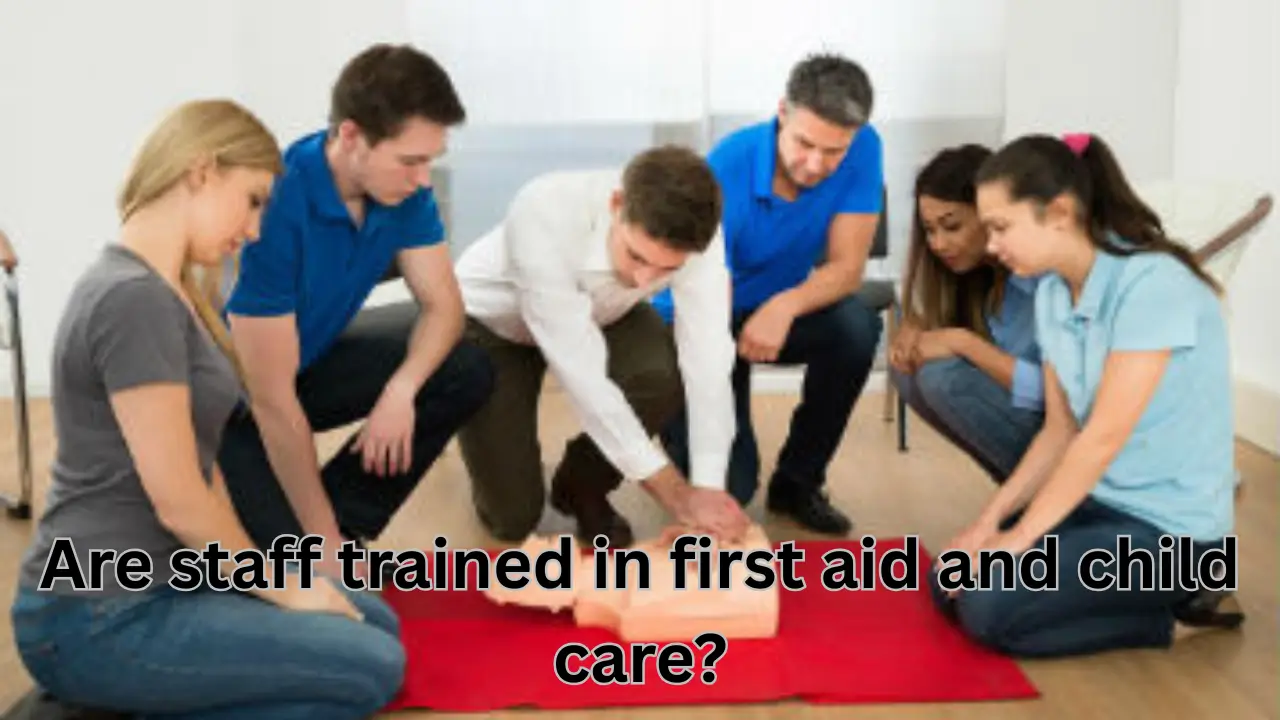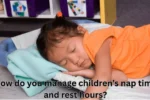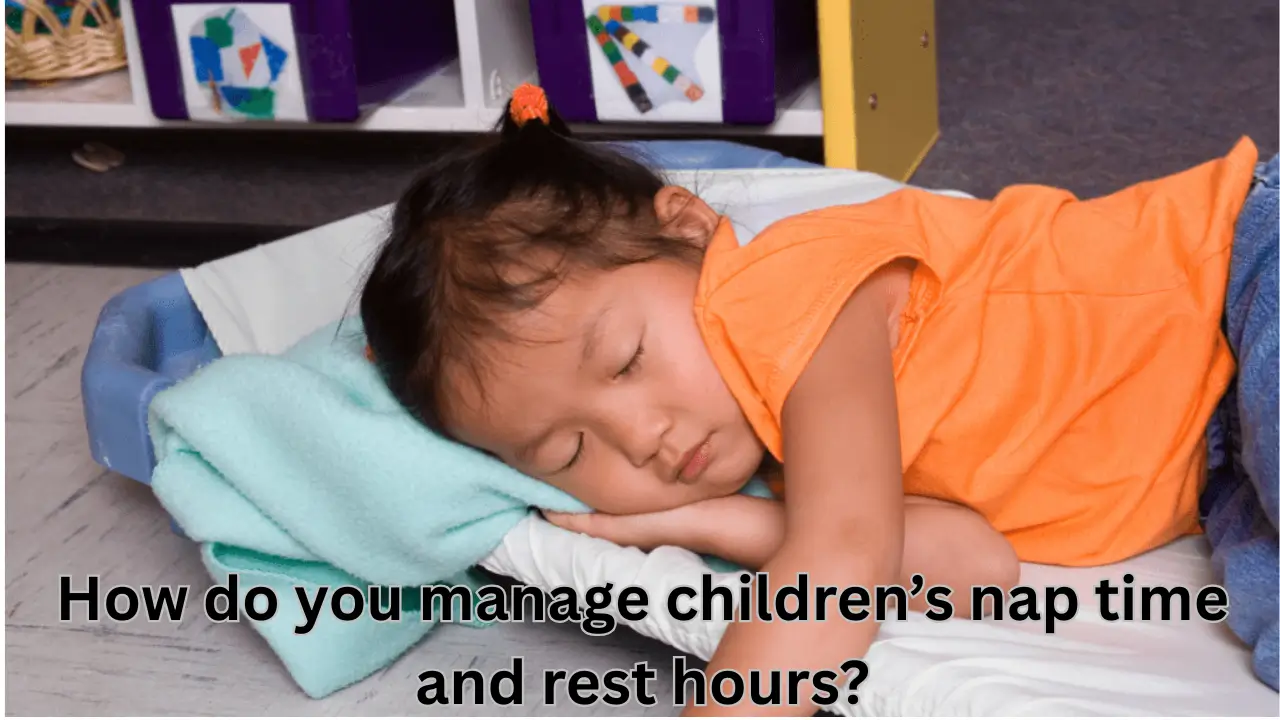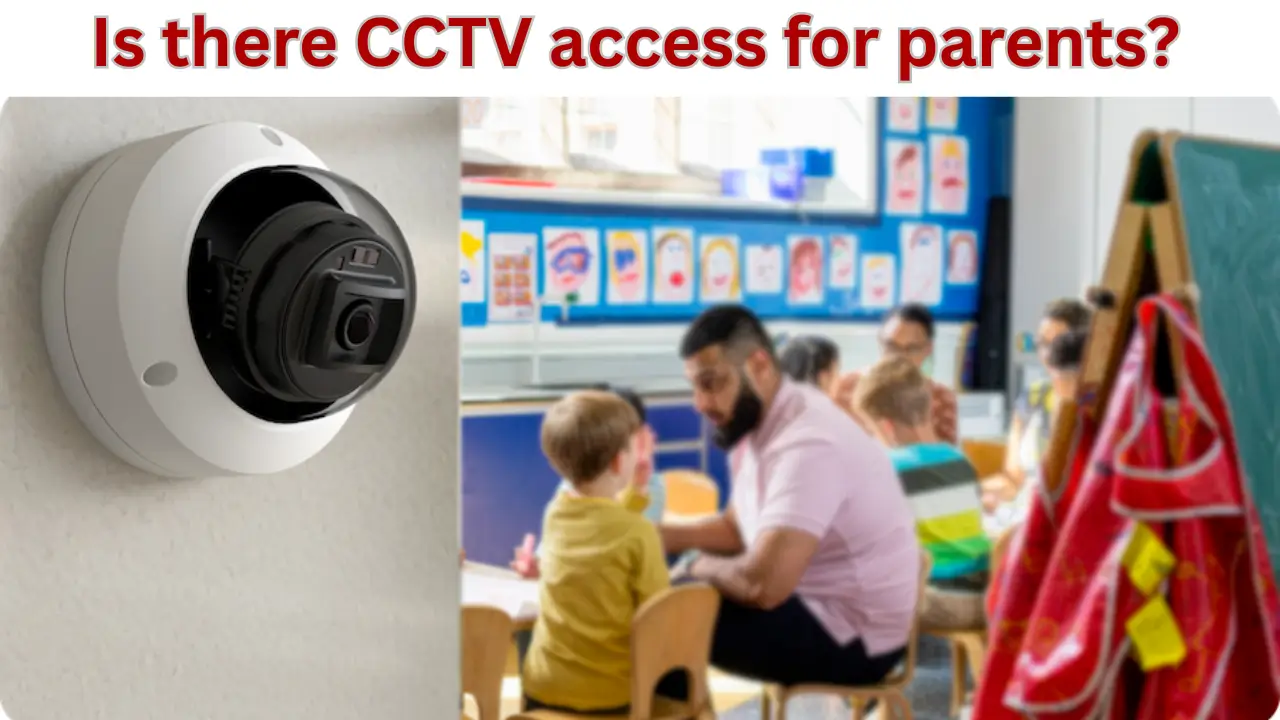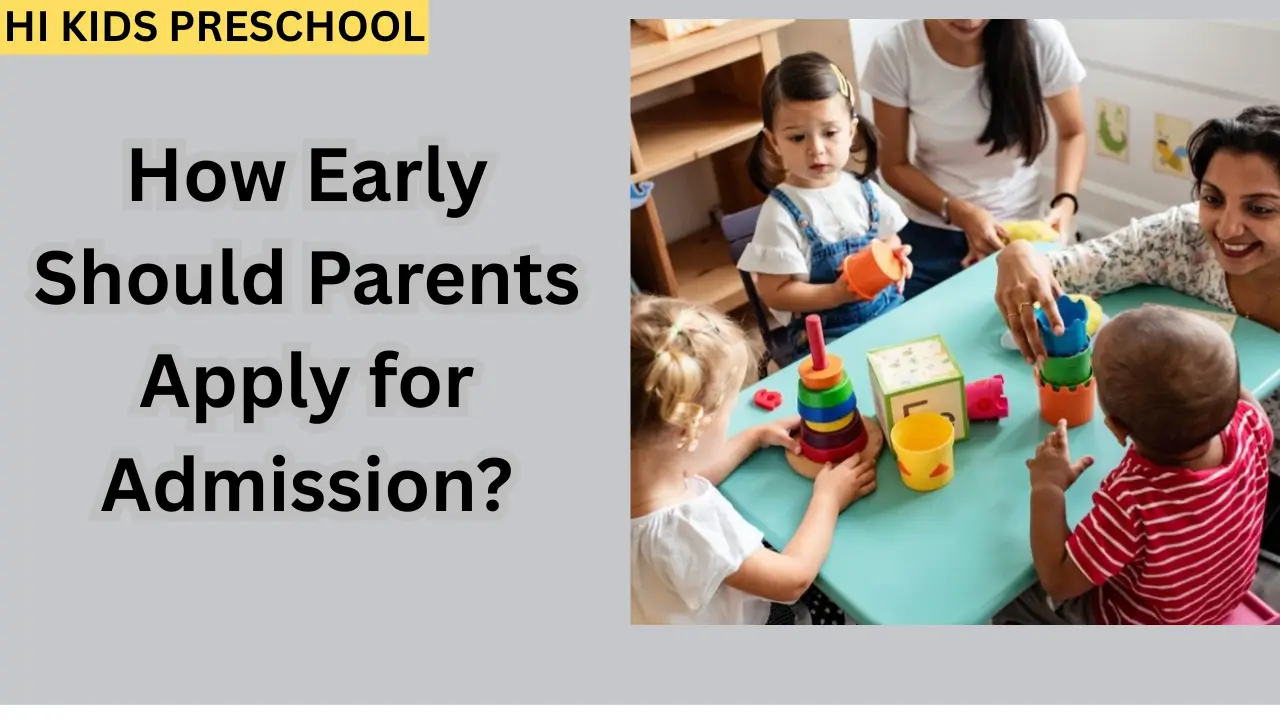When parents send their children to schools, daycare centers, or activity classes, one of the biggest concerns is safety. Accidents, sudden illnesses, or unexpected incidents can happen anytime. This is why trained staff in first aid and childcare skills are not just an added benefit, but an absolute necessity. Institutions that prioritize such training ensure not only the physical safety of children but also build trust with parents.
Why First Aid Training is Essential for Childcare Staff
Children are naturally active and curious, which sometimes leads to minor injuries or health emergencies. Staff trained in first aid can:
- Respond immediately to injuries (cuts, bruises, nosebleeds).
- Handle serious emergencies like choking, burns, or allergic reactions.
- Provide the required immediate assistance while waiting for medical professionals.
- Reduce the severity of injuries by giving quick and correct first aid.
The Importance of Child Care Training for Staff
First aid alone is not enough; caretakers must also understand childcare basics, which include:
- Understanding children’s psychology and emotions.
- Managing behavior and conflicts peacefully.
- Ensuring hygiene and safe food handling.
- Creating a nurturing and secure environment.
This combination of medical aid and emotional care makes staff more reliable and professional.
Skills Covered in First Aid and Child Care Training
| Skill Category | Key Skills Included |
|---|---|
| First Aid Basics | CPR, wound dressing, bruise/cut care, burn treatment, bleeding control |
| Emergency Care | Handling choking, fainting, seizures, asthma, allergies, heat stroke |
| Child Safety | Preventing accidents, safe play practices, secure environment setup |
| Emotional Care | Comforting injured children, managing panic, keeping children calm in emergencies |
| Health Knowledge | Recognizing symptoms of fever, infections, dehydration, and other common sicknesses |
Latest Updates and Trends in Training (2025)
To keep up with modern needs, many schools, daycare centers, and organizations are adopting advanced training practices:
- Mandatory Certification: Many institutions now require staff to have certified CPR and pediatric first aid training.
- Refresher Programs: Staff are being retrained every 6–12 months to stay updated with the latest protocols.
- Technology Integration: Mobile apps and online modules now allow staff to learn emergency steps quickly.
- Child Psychology Training: Special focus is given to handling children with special needs.
- Real-Life Drills: Regular emergency drills (fire, earthquake, medical emergency) are conducted for preparedness.
What Parents Should Look For
Before enrolling children in a school or care center, parents should check the following:
- First Aid Certification: Ensure staff possess valid training certificates.
- Emergency Equipment Availability: Presence of first aid kits, fire safety systems, and medical emergency contact numbers.
- Child-Friendly Environment: Staff should maintain cleanliness, safe play areas, and proper supervision.
- Trained Teachers and Helpers: Not just the main teachers, but even supporting staff should be trained.
- Regular Training Proof: Check if institutions update training every year.
Benefits for Children and Parents
- Reduced Risk: Children are less likely to face major harm due to quick responses.
- Peace of Mind: Parents feel reassured knowing trained professionals are present.
- Healthy Growth: A safe environment ensures children can focus on learning and playing.
- Emergency Readiness: Institutions can handle unexpected situations without panic.
Challenges in Implementation
While the idea is beneficial, institutions sometimes face hurdles:
- Cost of training and certifications.
- Staff turnover requiring repeated training.
- Lack of awareness in small local care centers.
- Limited availability of expert trainers in rural areas.
Conclusion
Training staff in first aid and childcare is no longer optional—it is a necessity for child safety. Institutions that invest in these skills not only prevent emergencies from turning into tragedies but also create a secure and nurturing environment. For parents, this is a reassurance that their children are in safe hands, while for children, it creates a space where they can grow, play, and learn confidently.
